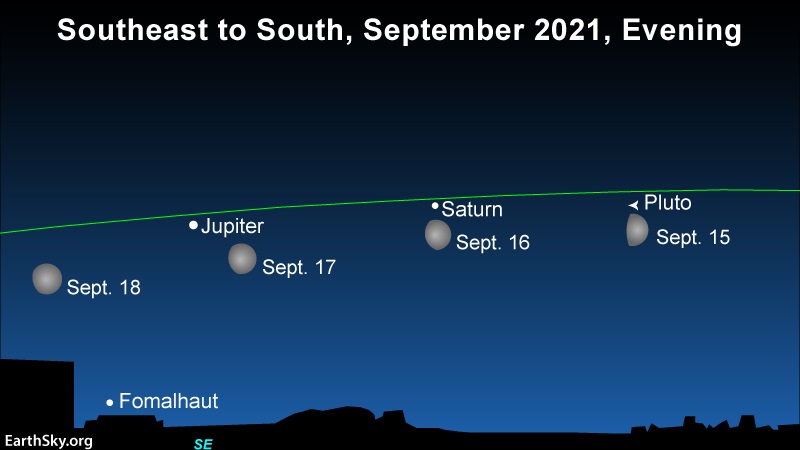
Moon, Saturn, Jupiter
Watch for the waxing moon, Saturn and Jupiter around September 15 to 18, 2021. Jupiter is the brighter of the two planets. Both of these worlds passed their oppositions in August. Thus, in September 2021, you’ll find them already in the east after sunset. They’ll set in the wee hours between midnight and dawn. The moon will sweep closest to bright Jupiter on the North American evening of September 17 (September 18 at about 07:00 UTC). That’ll be the most spectacular evening to watch for these worlds. But any night from September 15 to 18 will be fine for looking outside and letting the moon guide you to them.
To the eye, Jupiter and Saturn may look like points of light. But don’t let that fool you. They only look that way because of their distances. Jupiter is more than 1,300 times the volume of Earth, while Saturn has the volume of over 760 Earths. Both are gargantuan!
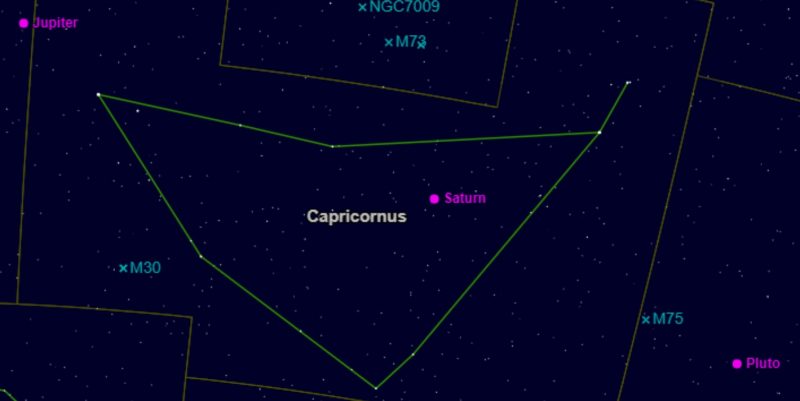
Jupiter and Saturn in Capricornus
In mid-September 2021, Jupiter and Saturn shine in front of the constellation Capricornus the Seagoat. Capricornus is a far-southern constellation of the zodiac. For that reason, as viewed from the Northern Hemisphere, Saturn and Jupiter climb no higher than the winter noonday sun. Meanwhile, from the Southern Hemisphere, these brilliant planets soar up high, like the noonday sun of summer. Incidentally, the sun annually passes in front of this constellation from around January 19 to February 16.
By September 19, the moon will move out of the constellation Capricornus and into the constellation Aquarius. To find out in which constellation the moon presently lodges, or for any particular time, go to Heavens-Above.
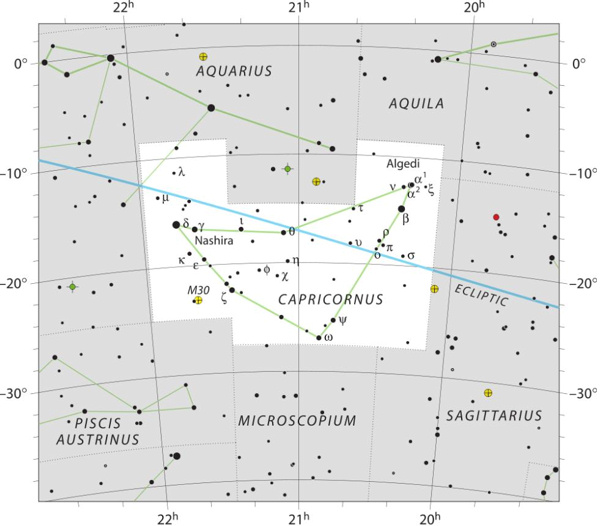
Jupiter, fourth-brightest heavenly body
Jupiter is the largest planet in our solar system. It’s fifth planet outward from our sun. It ranks as the fourth-brightest celestial object to light up the heavens, after the sun, moon and the planet Venus. But it’s unlikely that you’ll mistake Jupiter for Venus, or vice versa. Venus blazes away in the western sky after sunset, while Jupiter lords over the eastern sky. Best of all, the moon helps to reassure you that you’re looking at Jupiter around September 15 to 18.
Saturn, the sixth planet from the sun, is the most distant world you can easily see with the eye alone. It pales next to Jupiter, with the king planet outshining Saturn by nearly 20 times. Even so, Saturn is respectably bright, shining on par with any 1st-magnitude star.
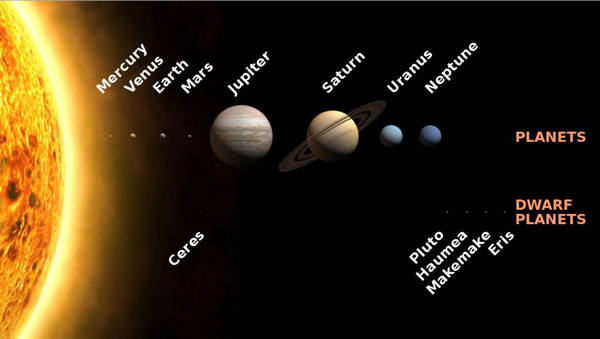
Bottom line: Use the moon around September 15 to 18, 2021, to locate the solar system’s two largest planets, Jupiter and Saturn.
The post Moon, Saturn, Jupiter September 15 to 18 first appeared on EarthSky.
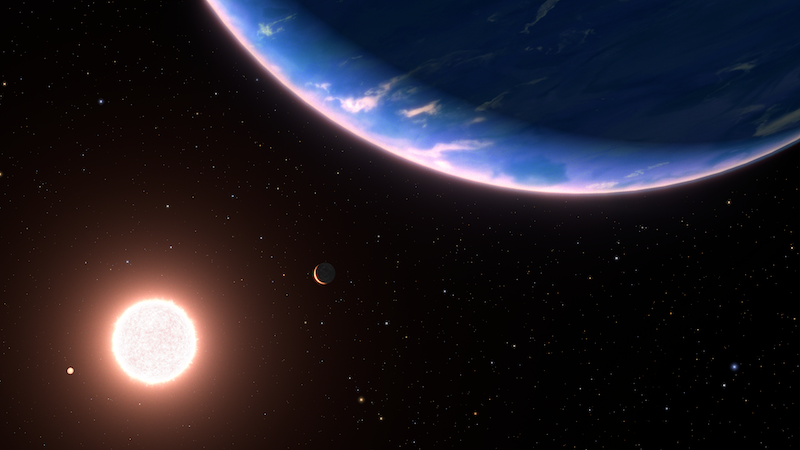
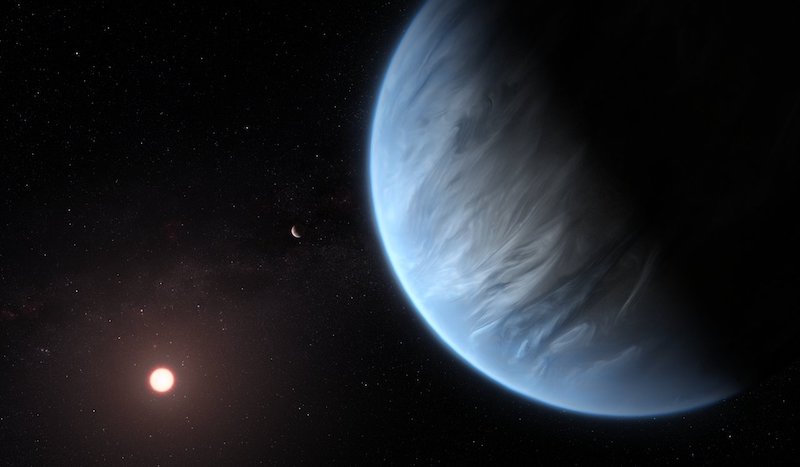

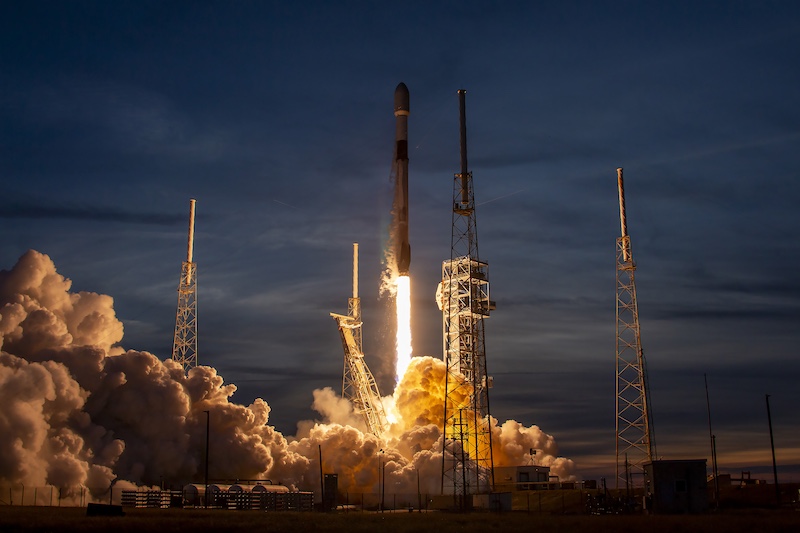
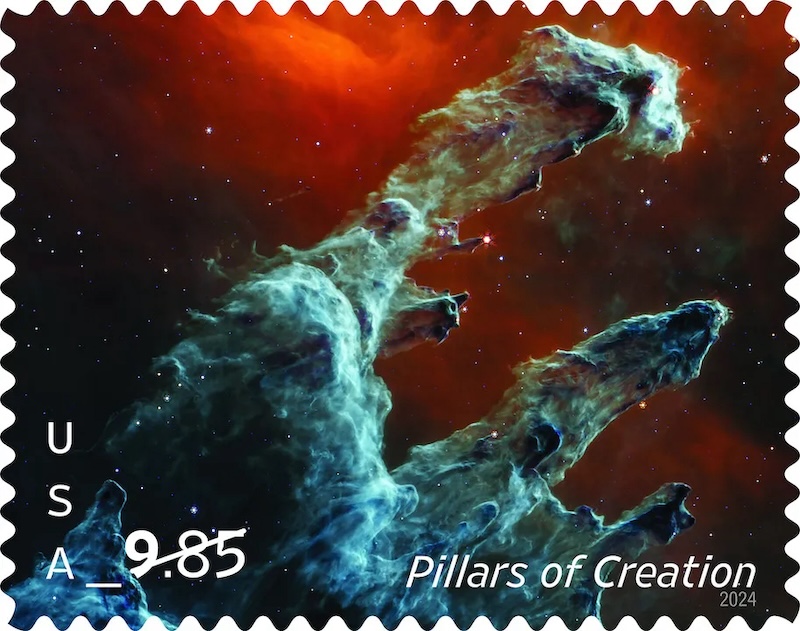
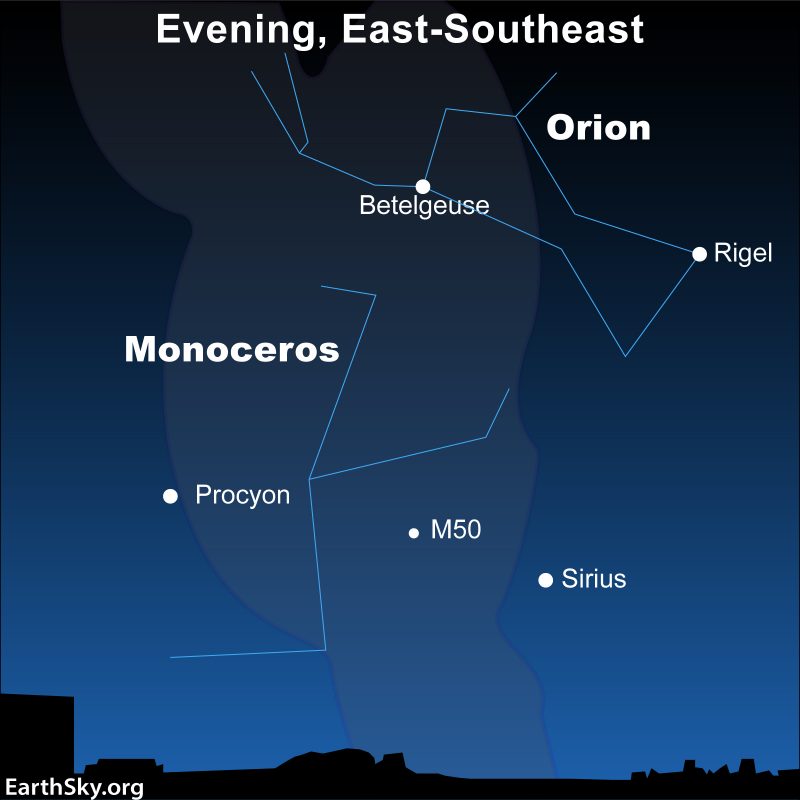
0 Commentaires